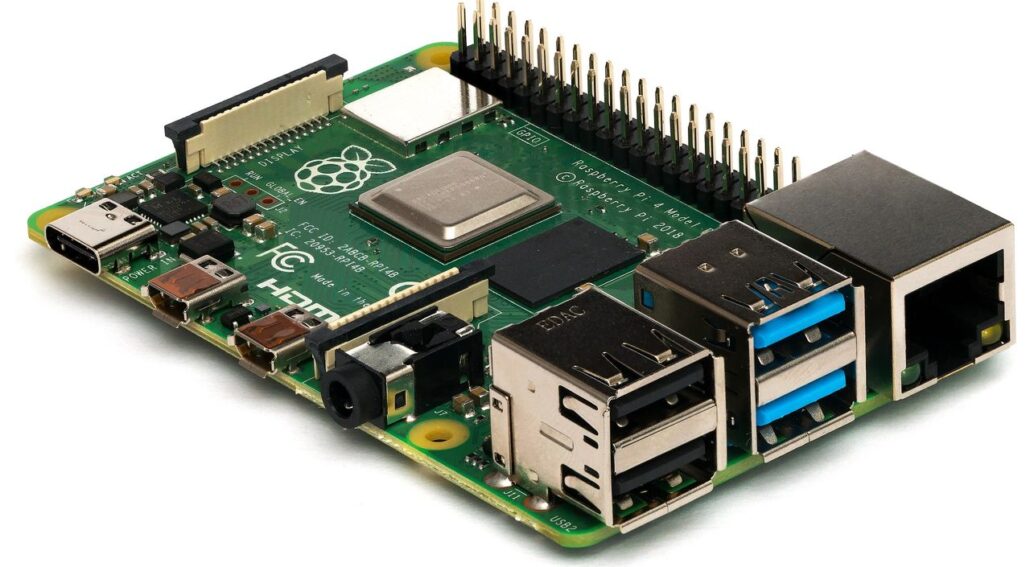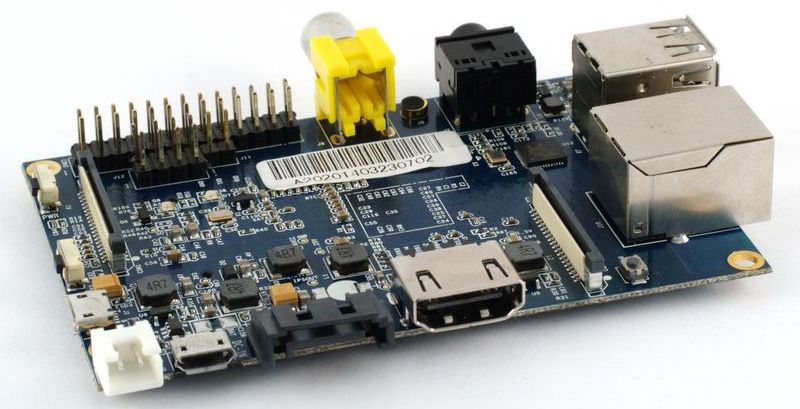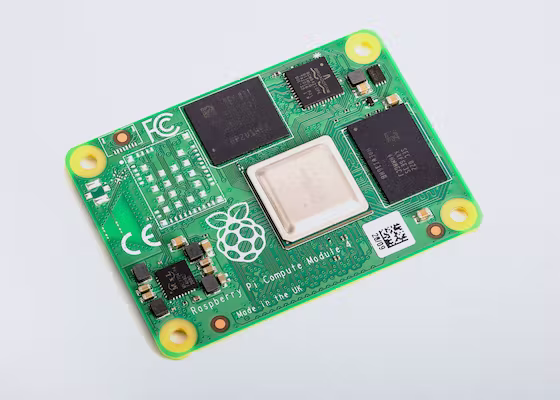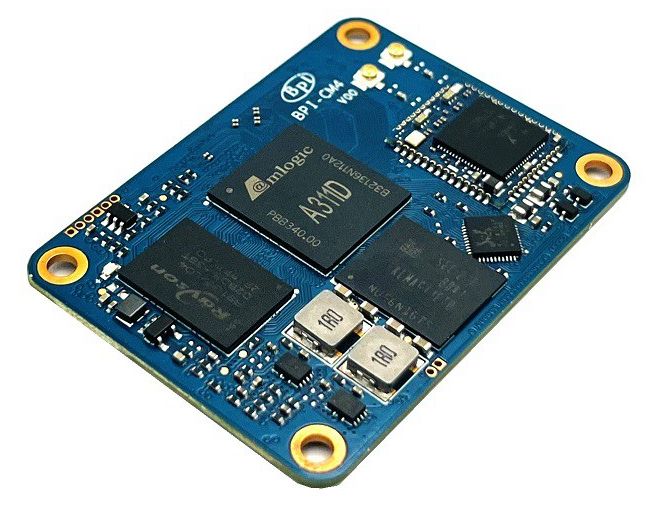Can You Use a Raspberry Pi for Mass Production?

A common question I get is whether or not it’s possible to use a Raspberry Pi board inside a commercial product that will be mass manufactured?
But more importantly, the question you should be asking is should you use one in a commercial product.
If you shouldn’t use a Raspberry Pi for production, then what would be a better choice for early prototyping and mass production?
I’m going to help you answer all these important questions so you can make the best development decisions for your own product.
Microcontroller or Microprocessor?
The very first question you need to ask yourself is do you really need the power and performance of a high-end microprocessor like that used in a Raspberry Pi?
Or, would your project be better served with a lower cost, less complex microcontroller?
As the name implies, a microcontroller excels at “controlling” other hardware components such as sensors, switches, motors, lights, and so on.
A microprocessor on the other hand excels at “processing” large amounts of data very quickly.
That being said, microcontrollers are able to also process data, and microprocessors are able to control other devices.
But each excels in one area.
Selecting the correct option is one of the most important first steps to developing your new electronic product.
The key rule to remember is whenever it’s possible, use a microcontroller!
Only consider a microprocessor if and when it is absolutely required.
Remember, all of a microprocessor’s extra performance comes with downsides, including a much higher cost, higher power consumption, and more development complexity.
Although most Raspberry Pi’s are microprocessor boards, one exception is the Raspberry Pi Pico which is instead based on a very impressive ARM Cortex microcontroller designed by Raspberry Pi themselves called the RP2040.
The RP2040 microcontroller chips are commonly available for around $1.
In this article we’ll be focusing on only the more common microprocessor based Raspberry Pi’s.
So let’s suppose you know that you really need the performance of a microprocessor solution like a standard Raspberry Pi.
Can you just embed one in your product and sell it commercially?
The simple answer is yes, you can sell a product with a Raspberry Pi inside as long as you follow their licensing requirements.
But should you use one in your product?
As I’m writing this in early 2023, the first problem you are likely to run into is finding Raspberry Pi boards in stock anywhere.
Due to the post-pandemic supply chain issues it’s very difficult to find Raspberry Pi’s in stock anywhere because the microprocessors they use are in short supply.
Fortunately, there are a lot of companies that have recently developed alternative boards, with similar specs as RPi boards, that use microprocessors that are not in short supply.
Most of these alternative boards use “Pi” in their name, and some popular ones are Banana Pi, Orange Pi, NanoPi, and Rock Pi.

Banana Pi
Raspberry Pi boards are primarily designed for development and early prototyping, and not for mass production.
But why shouldn’t you use them for production?
Availability issues are one of the main reasons they aren’t ideal for use in production.
The standard Raspberry Pi’s are not reliably available in quantities required for production.
This probably won’t be an issue when manufacturing hundreds of units, or maybe even thousands of units.
But when you reach much higher manufacturing volumes you may run into issues sourcing so many Raspberry Pi boards on a consistent basis.
But probably the three biggest reasons that standard microprocessor-based Raspberry Pi’s aren’t practical for mass production are size, cost, and integration limitations.
A standard Raspberry Pi has lots of various connectors that take up considerable space, and the boards were never designed with ultra-small size in mind.
This makes them simply too large for many applications.
All of those unnecessary connectors, and wasted board space, along with the fact that Raspberry Pis are really intended for educational purposes, make them overly expensive for most mass manufactured projects.
The other big downside, which also impacts your product size, is that a standard Raspberry Pi is not designed to mount on your custom PCB.
Instead it will be standalone and connect to other circuits via the various connectors.
This adds more product size and assembly complexity.
Fortunately, there is a solution that solves most of these issues, called Raspberry Pi Compute Modules.

Raspberry Pi Compute Module
Compute Modules are nearly identical to the standard Raspberry Pi’s in terms of performance and features.
But they are smaller, cheaper, made to mount directly on to your own custom PCB, and are more reliably available at higher production volumes.
These Compute Modules were actually designed to be used in mass produced products.
From a software development standpoint, you can expect essentially identical functionality when porting from a standard Raspberry Pi to the corresponding Compute Module.
From a hardware perspective, the Compute Modules are somewhat of an upgrade since they bring out more I/O pins, and serial interfaces include SPI, I2C, and UART.
Additionally, the Compute Modules offer a variety of storage options to choose from.
There is also a “Lite” option that does not come with onboard memory.

Banana Pi Compute Module
There are also some alternative “Pi” boards available, such as Banana Pi, which also offers Compute Module versions for production use.
All that being said, there are exceptions, though, where a standard size Raspberry Pi may be a viable production solution.
If your product is large, has a high retail price, and doesn’t need a custom PCB, then there is no reason you couldn’t begin selling your product with a standard Raspberry Pi embedded inside.

